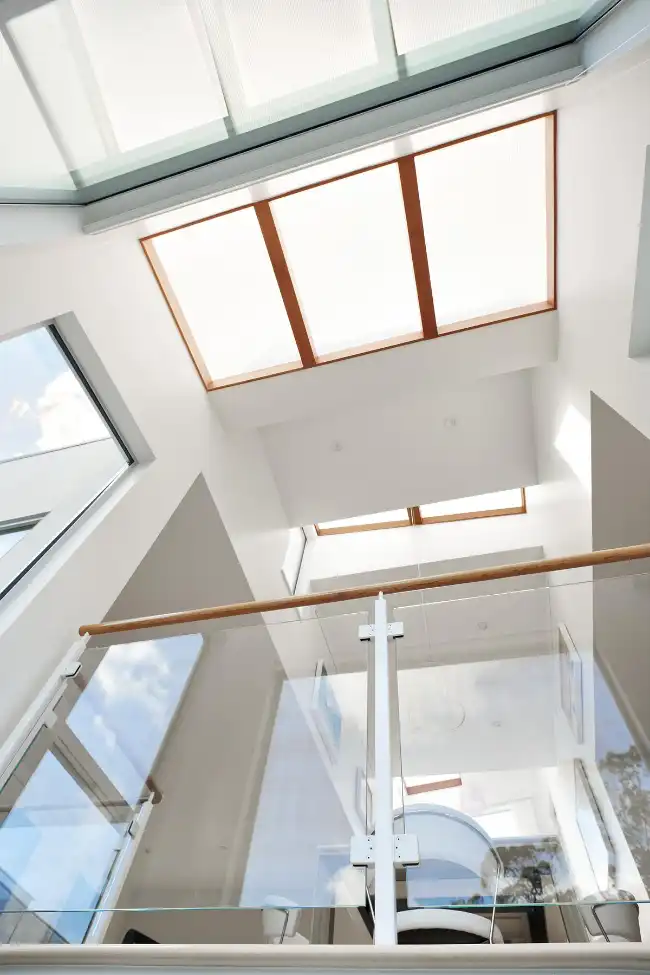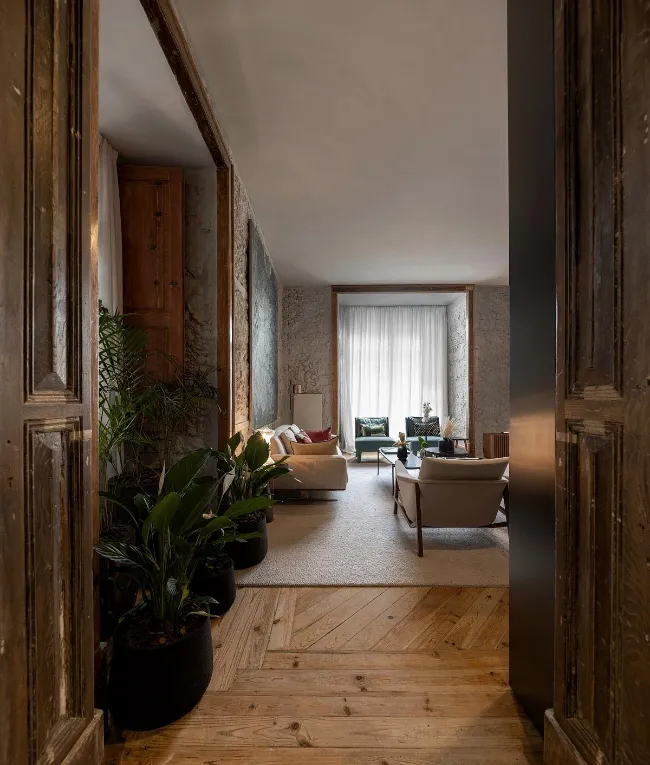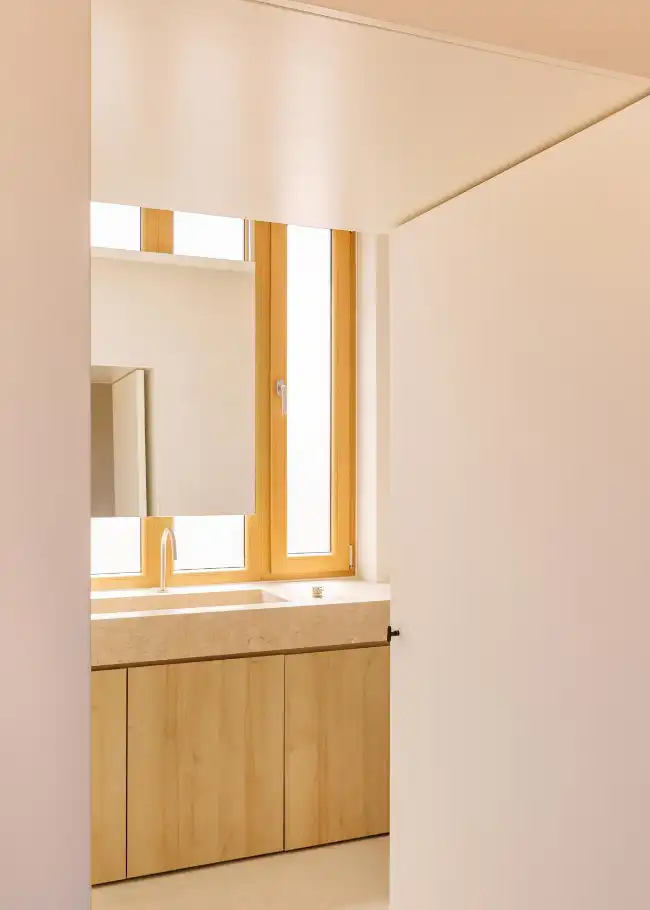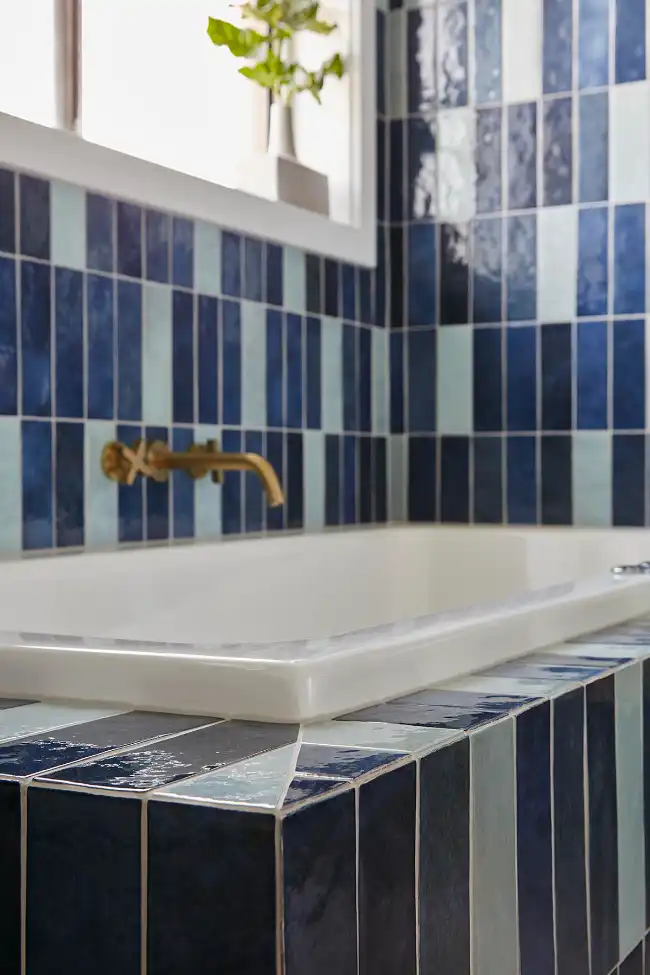
Natural Elements In Home Design: Beauty Meets Sustainability
With increasing concern for the planet’s well-being, many homeowners and designers are exploring ways to intertwine beauty with sustainability. One approach to achieving this is by drawing inspiration from nature itself. Whether through the materials used or the design themes chosen, incorporating natural elements can create a harmonious balance between aesthetics and eco-friendliness.
Therefore, if you’re interested in building a nature-inspired home, consider securing house & land packages Bunbury or similar deals. Collaborating with such professionals streamlines the building process and can help you create a custom-built space that meets your specific needs and style. Besides, knowing that your house is built with high-quality materials and sustainable practices will give you peace of mind.
That said, here are six natural elements to integrate into your home design:
1. Green Spaces And Indoor Plants
Green spaces and indoor plants have swiftly moved from mere aesthetic choices to essential components of modern homes. Introducing greenery into your interiors injects life and a touch of nature that often serves as a refreshing contrast to urban settings. Houseplants do more than brighten a room; they bring many benefits.
They act as natural air purifiers, filtering out everyday pollutants and providing fresher air. Many homeowners have also noted a sense of calm and relaxation with plants around, attributing it to their natural ability to reduce stress.
From sprawling vertical gardens in living rooms to petite potted succulents on work desks, plants also offer versatility in design. They introduce vibrancy, texture, and depth, transforming rooms from mere functional spaces into lively, breathable sanctuaries that echo the tranquility of nature.
2. Natural Light And Ventilation
Maximizing the influx of natural light and fresh air is fundamental to infusing nature into the interior. Harnessing sunlight through architectural features such as skylights or expansive floor-to-ceiling windows illuminates spaces and fosters energy efficiency. The reduced reliance on artificial lighting during the day can lead to notable energy savings. Furthermore, this influx of sunlight enhances the mood, boosting positivity and productivity in residents.
Adequate ventilation is equally crucial. Strategic placement of windows or ventilation systems ensures the free flow of fresh air, replacing stale indoor air and promoting a healthier living environment. This constant circulation aids in purifying the air and maintaining optimal humidity levels.
Prioritizing natural light and ventilation in design not only benefits the environment but also uplifts the overall mood and health of the occupants.
3. The Appeal Of Natural Materials
Natural materials have a unique allure that extends beyond their visual charm. Imagine walking across genuine hardwood floors or admiring the intricate patterns in stone countertops. These materials exude authenticity, offering textures and hues that synthetics often can’t replicate.
Moreover, incorporating bamboo accents or slate tiles makes a statement about longevity and sustainability. These materials often outlast their artificial counterparts, ensuring your spaces remain timeless for years. Responsibly sourced, they elevate your home’s design and minimize the environmental impact, aligning aesthetics with eco-friendly principles. It’s about embracing the true essence of nature in every corner of your home.
4. Water Features And Their Tranquility
Water features, whether indoor fountains, serene fish ponds, or gentle cascades, have a transformative power in home design. Incorporating these elements brings a piece of nature’s serenity right into your living spaces. The sound of flowing water creates an ambient background, promoting relaxation and mindfulness. Also, water features act as focal points, drawing attention and creating conversation starters.
Additionally, they improve indoor humidity, making the air more comfortable to breathe. So, while they undoubtedly augment the design aesthetics, the underlying tranquility and wellness benefits they usher in make water features an invaluable addition to homes seeking beauty and balance.
5. The Fusion Of Modern Aesthetics And Nature
Integrating modern aesthetics with nature is a testament to how design can evolve to reflect contemporary values without losing its connection to the environment. Today’s homes often showcase sleek lines, minimalist designs, and cutting-edge features. However, there’s a profound appreciation for nature within these modern spaces.
This can be seen in the use of large windows that offer an expansive view of the outside world while respecting modern architectural lines. Similarly, minimalist wooden furniture pieces or fixtures made from raw stone seamlessly merge the natural with the new age.
This convergence provides homeowners with sophisticated and stylish spaces that stay true to nature’s undying charm.
6. Textures And Patterns
Textures and patterns have a significant role in interior design. Take the stone accent wall, for instance. Its rugged surface captures nature’s raw beauty, providing depth and character to living spaces. Natural-themed wall art further reinforces this connection to nature, serving as visual anchors that evoke serene landscapes or faraway places.
On the other hand, animal prints, often seen on cushions or upholstery, imbue a room with a hint of the wild, adding energy and dynamism. Botanical art, whether in the form of printed textiles or framed illustrations, channels the grace of plant life, instilling calm and balance.
By integrating these textures and patterns, homes reflect a layered design narrative that pays homage to nature’s multifaceted beauty while elevating the aesthetic richness of the space.
Conclusion
In the quest to design a home that resonates with your values and aesthetic preferences, intertwining nature’s elements emerges as a conscious choice. Embracing the above components beautifies your spaces and fosters a deeper bond with the environment. It’s a commitment to sustainability, merging beauty with responsibility.





